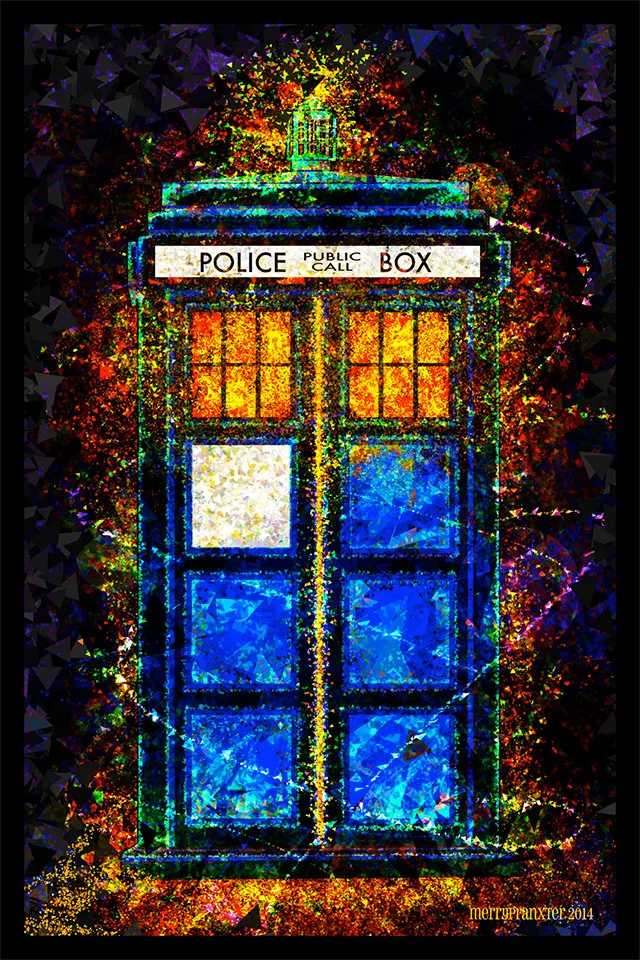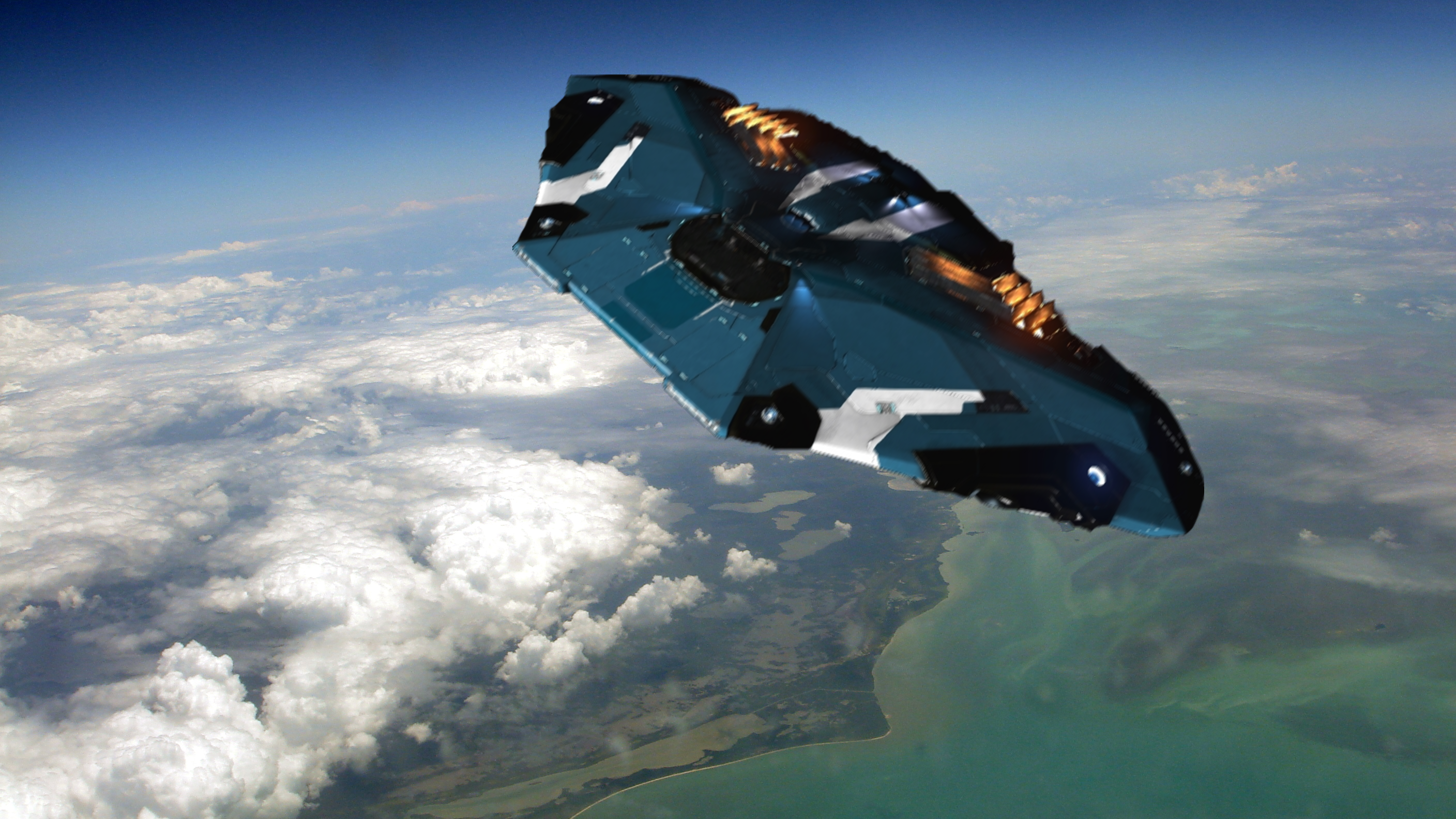The Euclid telescope, just launched today, will be able to observe galaxies out to 10 billion light-years. Here’s the largest map I could find (1 billion light years) that includes the Milky Way, Laniakea, the Shapley supercluster, the Perseus–Pisces supercluster, and the South Pole Wall.
https://irfu.cea.fr/Projets/COAST/southpolewall-graphics.html
Oof, I have bad, or maybe good, news for you: this isn’t the universe. This is just the local structure of galactic superclusters to us. Just a knot on one of the myriad galactic filaments. 1 Gly out of a 30 Tly (edit: that’s not right, closer to 100 GLy) and growing known universe. It’s real big, don’t get me wrong, but compared to the whole kit and kaboodle it’s a rounding error.
SEA has a great video on The Great Attractor (and our local supercluster complex) that I recommend.
For a bigger view, check out https://mapoftheuniverse.net/ , although necessarily this isn’t presented geometrically the way the one you linked is.
The Wikipedia list of largest observed structures in the universe is also wild.
The reason it isn’t presented geometrically, by the way, is because over such upsettingly huge distances “geometry” loses some meaning. The current position of everything is more a view through time than actual space. So the map of the universe is much more like a timeline than an explorable map.
At the scale of the map up top, a billion years more or less won’t make a huge difference, so it makes fair sense to present it that way. But once you’re up to 100 Gy and beyond… shit gets weird.
Wow, that video is fantastic-- never heard of SEA before, will definitely be checking out the rest of his videos now!
SEA, PBS SpaceTime, Astrum, Dr. Becky, Sixty Symbol, and Anton Petrov. With Anton being the one who is very weedsy with a daily video about a recently-published paper. That’s the list of YouTubers I think I recommend checking out.
I don’t know how Anton does it. There is something new every day and each video has tons of detail.
Dont forget cool worlds
ParallaxNick, man! His videos - mostly about the history of astronomy - are spectacular, poetic, in-depth, thorough.
ParallaxNick has been doing a series of videos on the lives and works of Copernicus, Tycho Brahe, then Kepler, now Galileo, and I assume Newton is next.
His videos are mind-bending. Check out the one on Corrupt Stars.
Wow I’ve never seen a map of the universe. Amazing. Is this the known/observed universe, or does it include parts that have only been theorized to exist?
Going through the list of largest structures on Wikipedia trying t o piece it together into anything the mind can grasp at once is difficult. Especially when one has one map image, and another has its own, and how they fit together is confusing. What’s really frightening to me are the voids. I mean space itself is pretty immense, and just tackling the empty distances between our solar system’s planets is hard, but there are places that are devoid of anything for giga-parsecs. Like, completely nothingness.
Just reading this has my fear of the incomprehensible unknown tingling.
Deep Space is neat, but the thing that really gives me a fun sense of philosophical vertigo is Deep Time. My favourite exploration of that is the video Timelapse of the Future, which shows time passing at a rate that doubles every five seconds (ie, time is passing at a rate of one year per second for five seconds, then two years per second for the next five, then four years per second, etc.)
The last stars in the universe go dark at around the 5-minute mark. The video as a whole is about 30 minutes long.
If you want a more uplifting view of that future, Isaac Arthur’s Civilizations at the End of Time playlist goes into great detail about how intelligent life can persist throughout that entire duration and still have a good time.
And of course, there’s the famous Isaac Asimov short story about this, “The Last Question”.
I admittedly have not read a lot of Asimov but The Last Question is one of the few stories I’ve read in full (it helps that it’s a short story) and I absolutely loved it!
That was an amazing video! Thanks for sharing.
Wow I just so happened to jump back on here and check out the Timelapse video right as my THC tablet kicked in. 10/10 highly recommend the experience, no pun intended.
Even better, there are a handful of galaxies scattered here and there inside those voids.
If the Milky Way had been one of those galaxies then we wouldn’t have known that other galaxies existed in the universe until the 1960s.
That’s an oddly terrifying thought. Which makes me wonder… you know how stars sometimes get ejected from their parent galaxies and end up free-floating through the universe, all on their own?
Imagine if a star got ejected from one of those galaxies, managed to travel far enough away the parent couldn’t be seen without advanced telescopes, and then life evolved on one of its planets.
That civilization would grow up in a world without stars. The sky at night would be pure black nothingness, except for the pinprick light of any other planets in the system. And then, after assuming their solar system was the entirety of existence for thousands of years, only in their culture’s equivalent of the 1960s do they see the first light of other suns.
I seem to recall a few scifi stories with civilizations like that.
Hitchhiker’s Guide had one that couldn’t see the sky, I remember. So they developed without ever thinking of anything beyond them.
Nightfall by Isaac Asimov is kinda like that, it’s set on an Earth-analogue planet that orbits a system of six stars, so it’s never actually dark, except for one total eclipse every 3000 years.
I just watched the entire history of the universe’s newest youtube video and they touched on that… their videos always blow my mind
It shows galaxies we have observed that cluster together. The James Webb Space Telescope has seen even farther galaxies, but I haven’t found a bigger map that includes them.
This is incredible. I’ve heard of the great attractor before, but now I need to learn about Laniakea and the South Pole Wall
This is amazing.
Major plot mistake imho that we are being pulled in towards the great attractor, but the universe will tear itself apart before we get there.
Looks like a CT scan :)
The universe is so incomprehensible in its size















